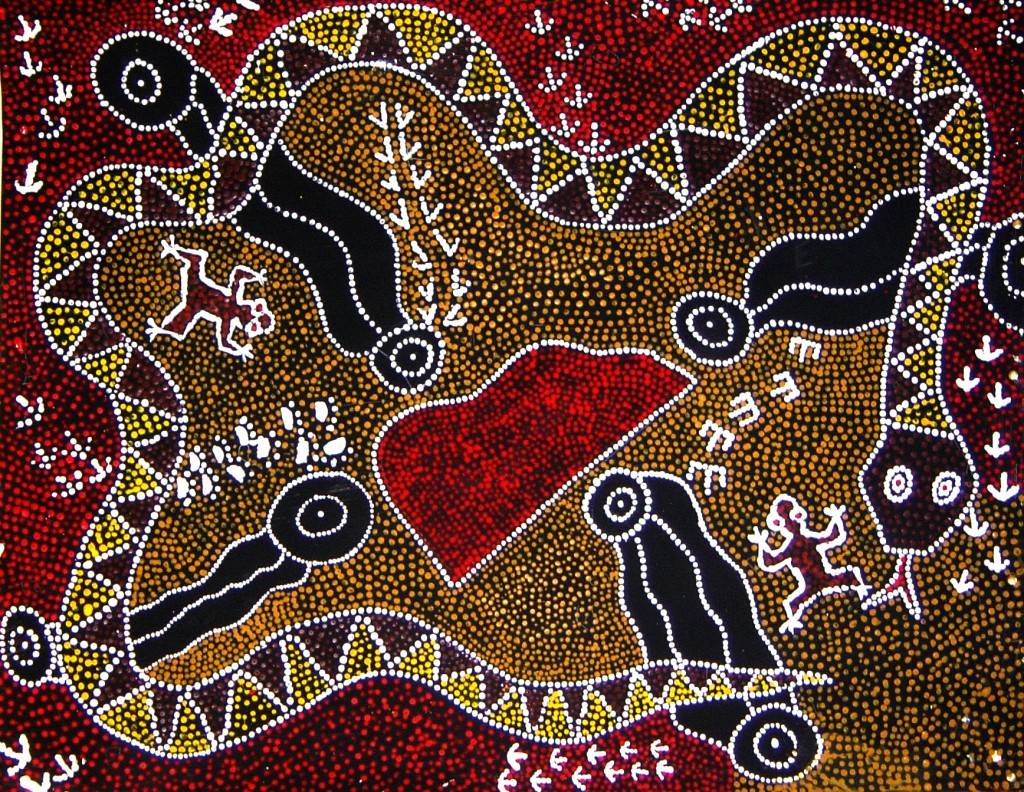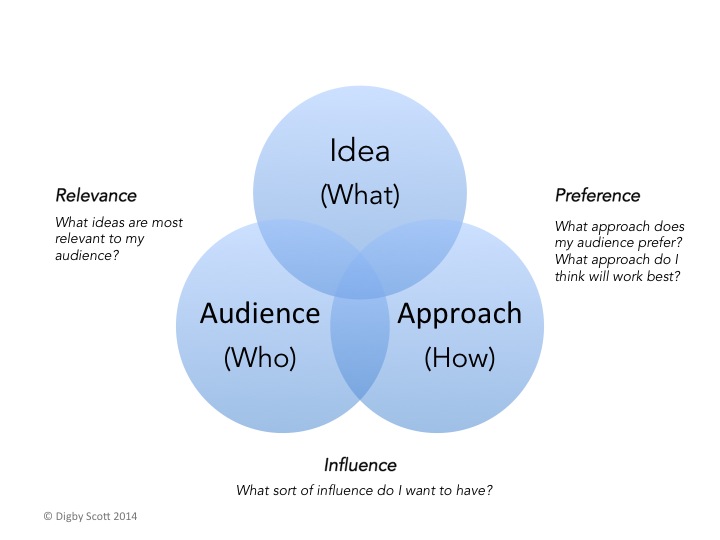Stories. When you think about it, they’re all around us, and inside our heads. All day, every day. In fact, psychologist Robin Dunbar’s research suggests we are telling stories 65% of the time (a lot of the time, it’s gossip, but they are still stories). We all seem to use stories to communicate and connect in ways that seem to come pretty naturally.
So, when I say to groups of managers ‘use storytelling to really engage your people’, you’d expect they’d respond ‘of course!’
But more often than not, they don’t. When you say ‘storytelling’ to many managers, it conjures up images of sitting on their child’s bed at bedtime, reading Dr Suess. It’s stuff you do with kids, not at work.
Earlier this week, I was running a storytelling workshop with a group of managers. First, we discussed some of their day-to-day people challenges. Then, we discussed what a great story does to you. Here are their answers, compared side-by-side:
| My People Challenges. How do I get people to: | Great Stories: |
| ‘Get it’? | Aid understanding |
| Be excited and engaged? | Provoke emotion |
| Change? | Change behaviour |
| Care? | Create empathy |
| Stop and think? | Cause reflection |
| Be inspired to step up? | Inspire you |
When we made the link, I think they got it.
The most influential people are the ones who can tell engaging stories – ones that have us paying attention, keening for the message, caring about the outcome. There’s an emerging body research that backs this idea up, including how powerful stories influence the aspects of our brain chemistry linked to attention and empathy.
So where to start?
Here’s a model that I use when teaching storytelling:
In essence, to influence with a story, you need to share an idea (point, message) using an approach that is tailored to your audience.
If you want to strengthen your storytelling muscle, start with your ideas. Because we are our stories. We define ourselves by our experiences, or more specifically, the lessons we take from those experiences, and what they tell us about ourselves and the world. When we tell those stories purposefully and authentically, we do so both to make sense of our experiences, and to influence others in a positive way.
Identify your stories. You’ve got life experience – what do you know? What experiences have shaped how you see the world? Use this easy Story Mining technique to do a bit of digging.
Of course, that’s not the whole picture. You need to be able to take your stories and craft them into something that:
- has relevance for the audience you’re speaking to,
- suits both your and their preference (e.g. timeframe, visual aids, style etc.), and
- influences them in the way you intend to (e.g. excite, entertain, engage, educate)
What’s your story? In fact, I bet you have more than one. Go find out.
For more on how to have the impact you want to make, get in touch with me for a chat.
Like this post? You’re only getting half the story. Sign up to my ‘Thinking From The Edge’ newsletter, delivered monthly to your inbox.




5 thoughts on “What’s Your Story?”
Comments are closed.